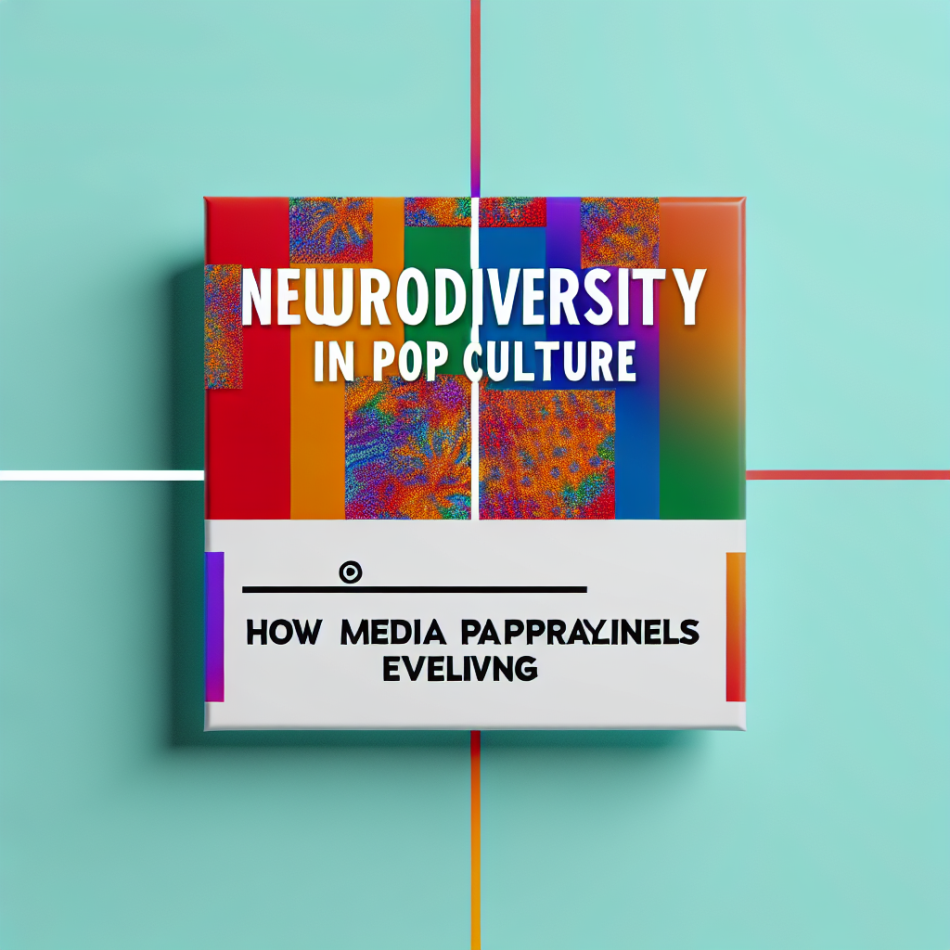For decades, pop culture has shaped public perceptions of neurodiversity – the natural variation in human cognition – often through reductive stereotypes or sensationalised tropes. While autistic savants, socially awkward geniuses, and ‘inspirational’ caricatures still dominate screens, recent years have seen strides toward authentic representation. This article explores how media portrayals of neurodivergent individuals are evolving, which narratives work, and where harmful misconceptions stubbornly persist.
The Problem with Stereotypes and Stigmatisation
Historically, neurodivergent characters have been flattened into one-dimensional plot devices. Films like Rain Man popularised the ‘autistic savant’ trope, while shows like The Big Bang Theory reduced autism to Sheldon Cooper’s rigid quirks. These portrayals conflate neurodiversity with either superhuman abilities or debilitating deficits, ignoring the vast spectrum of lived experiences. Such stereotypes don’t just misinform – they stigmatise, framing neurodivergence as a problem to be cured rather than an identity to be understood.
Worse, many narratives centre neurotypical perspectives. Storylines focus on how a neurodivergent person’s behaviour affects others, such as parents or colleagues, rather than exploring their internal world. This reinforces the harmful idea that neurodivergent individuals exist to teach neurotypical people empathy, rather than being fully realised characters with agency.
Positive Shifts in Authentic Representation
Recent TV shows and films signal a turning point. Netflix’s Atypical, despite early criticism, evolved to include autistic consultants, leading to nuanced depictions of relationships and self-advocacy. Similarly, Australian series Heartbreak High features an autistic character, Quinni, played by autistic actress Chloé Hayden. Her portrayal – from sensory overload scenes to navigating romance – resonates deeply with neurodivergent audiences because it reflects real experiences.
- Authentic casting: Shows like Everything’s Gonna Be Okay cast neurodivergent actors, avoiding the cringe of neurotypical performers mimicking stereotypes.
- Diverse narratives: Stories now explore intersectionality, such as Extraordinary Attorney Woo’s exploration of autism and gender discrimination in South Korea.
- Focus on agency: Characters are increasingly driving their own stories, not just serving as emotional props.
Nuanced Portrayals That Challenge Misconceptions
Groundbreaking works are dismantling myths by centring neurodivergent voices. The animated short Loop, from Pixar’s SparkShorts, features a non-speaking autistic girl, voiced by a non-speaking actress, communicating through gestures and sounds. It challenges the assumption that non-verbal individuals lack complex inner lives. Similarly, the BBC’s Inside Our Autistic Minds, hosted by Chris Packham, lets autistic people create films about their experiences, bypassing neurotypical interpretation entirely.
Comedy, too, is being reimagined. Stand-up comedians like Hannah Gadsby (autism, ADHD) use humour to critique societal norms rather than punch down at neurodivergent traits. These approaches reframe neurodiversity not as a punchline but as a lens through which to examine broader cultural absurdities.
Where Pop Culture Still Falls Short
Despite progress, glaring gaps remain. Many conditions, like ADHD, dyslexia, or Tourette’s, are rarely depicted outside of ‘inspiration porn’ or jokes. When they are, portrayals often favour white, male experiences. Women and people of colour remain underrepresented, perpetuating diagnostic disparities seen in real life.
- Overmedicalisation: Stories still frame neurodivergence through diagnosis journeys or therapies, implying it’s a medical issue rather than an identity.
- Toxic tropes: The ‘genius autist’ trope persists (e.g., The Good Doctor), suggesting value lies only in exceptionalism.
- Lack of intersectionality: Few narratives explore how race, class, or gender shape neurodivergent experiences.
The Path Forward: Advocacy and Collaboration
Meaningful change requires neurodivergent voices in writers’ rooms, casting decisions, and marketing strategies. Projects like BBC’s Iris, which involved autistic writers, prove collaboration yields richer storytelling. Audiences also play a role: supporting indie films, criticising harmful tropes, and demanding accountability from studios.
Importantly, representation must move beyond trauma or ‘overcoming’ narratives. Neurodivergent joy, mundane struggles, and community deserve screen time too. As actor Kayla Cromer (autistic star of Everything’s Gonna Be Okay) notes: “We’re not here to be fixed. We’re here to exist.”
Pop culture’s journey toward authentic neurodiversity representation is uneven but undeniably progressing. While harmful stereotypes linger, trailblazing creators are proving that inclusive storytelling isn’t just possible – it’s powerful. By amplifying neurodivergent voices, challenging reductive tropes, and embracing complexity, media can shift public understanding from pity or fascination to genuine acceptance. The challenge now is ensuring this momentum isn’t a trend but a transformative standard.
